Understanding Investment Loans for Rental Property Purchase
Investment loans provide the financial foundation for purchasing rental properties that generate ongoing income. Unlike standard home loans, investment property loans are specifically designed for properties you intend to rent out rather than live in. These loans help you access property investment opportunities across Australia while building your investment property portfolio.
When buying an investment property, you're essentially creating a business that generates rental income. This income can help cover your investment loan repayments while potentially providing additional cash flow and long-term capital growth.
Types of Investment Properties to Consider
Property investors in Surrey Hills have several options when selecting their investment property:
• Apartments: Often require lower initial investment and may offer strong rental yield in high-demand areas
• Townhouses: Provide balance between affordability and space, appealing to families and professionals
• Stand alone dwellings: Typically offer stronger capital growth potential but require higher loan amounts
Each property type has different implications for your borrowing capacity and potential rental returns. Research property markets thoroughly to understand which option aligns with your property investment strategy.
Investment Loan Features and Interest Rates
Investment loans typically carry higher interest rates than owner-occupier loans, reflecting the additional risk lenders associate with investment properties. However, you can access investment loan options from banks and lenders across Australia, each offering different features:
• Variable interest rate: Fluctuates with market conditions, potentially offering interest rate discounts during promotional periods
• Fixed interest rate: Provides certainty for budgeting and calculating investment loan repayments
• Interest-only payments: Lower initial repayments but higher long-term costs
• Principal and interest: Building equity while paying down the loan amount
Ready to get started?
Book a chat with a Mortgage Broker at James Hawkins Mortgage Broker today.
Loan to Value Ratio and Lenders Mortgage Insurance
The loan to value ratio (LVR) significantly impacts your investment loan application. Most lenders require a maximum LVR of 80% for investment properties, meaning you need at least a 20% deposit. If you borrow more than 80%, you'll likely need to pay lenders mortgage insurance (LMI), which protects the lender but adds to your costs.
A lower LVR often results in more favourable interest rates and loan terms. This is where having substantial equity in existing properties or a larger cash deposit becomes valuable for your investment strategy.
Application Process and Required Documentation
Applying for an investment loan involves a streamlined application process, but requires comprehensive documentation:
- Financial documents: Bank statements, tax returns, and proof of income
- Property information: Purchase contract, rental appraisal, and property valuation
- Personal details: Employment history and existing debt commitments
- Investment strategy: Clear explanation of your property investment goals
Lenders assess your borrowing capacity based on the property's rental income potential, your existing income, and overall financial position. For your first investment property, expect more scrutiny than for experienced investors with established portfolios.
Understanding Negative Gearing and Tax Implications
Negative gearing occurs when your rental income is less than your total property expenses, including loan repayments. While this creates a cash flow deficit, it can provide tax benefits as you may be able to claim the loss against your other income.
Consider stamp duty costs when calculating your total investment. In Victoria, stamp duty for investment properties can be substantial, so factor this into your overall property investment strategy.
Calculating Rental Yield and Returns
Rental yield measures your property's income-generating potential. Calculate gross rental yield by dividing annual rental income by the property's purchase price, then multiplying by 100. Net rental yield accounts for ongoing expenses like rates, insurance, and maintenance.
Higher rental yields don't always indicate superior investments. Consider factors like capital growth potential, property market trends, and long-term sustainability of rental demand in your chosen area.
Working with Mortgage Brokers
Mortgage brokers can help you access investment loan options across multiple lenders, potentially securing more favourable terms than approaching banks directly. They understand different lenders' criteria and can match your circumstances with appropriate investment loan products.
A qualified mortgage broker can guide you through the entire process, from initial strategy discussions through to settlement, ensuring your investment loan application presents your situation in the most favourable light.
Investing in real estate requires careful planning and professional guidance. The right investment property loan can help you build wealth through rental income and capital growth, but success depends on choosing appropriate properties and loan structures for your circumstances.
Call one of our team or book an appointment at a time that works for you to discuss your investment property goals and explore suitable loan options.


